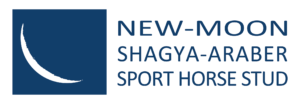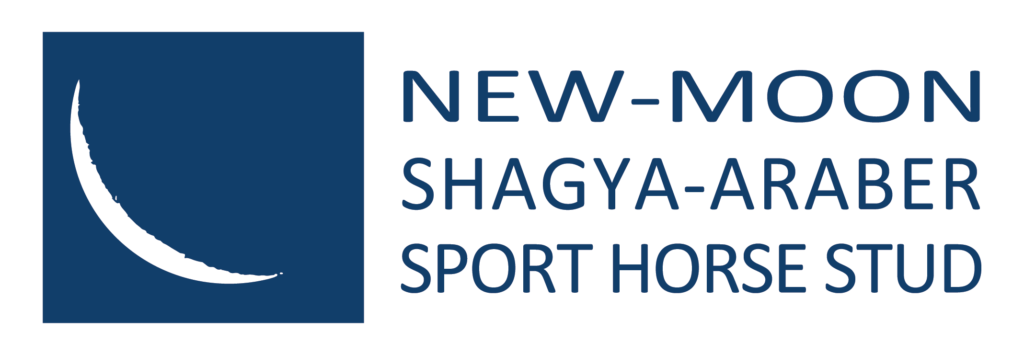Introducing
The Shagya-Araber
Discover ...
The Shagya-Araber Sport Horse
The compelling story of a breed with origins in early medieval Europe, developing over centuries to become the kind and noble sport horse we recognise today.
Breed history
The origins of the Shagya-Araber breed can be traced to the oriental horses brought to Hungary during the ‘great migration’ of nomadic tribes from the Mongolian plateau between the 5th and 9th centuries.
Through the following centuries, when Ottoman Turks invaded and dominated large regions of eastern Europe, the oriental horses were blended with various local breeds, eventually becoming renowned throughout Europe as cavalry mounts.
In the late 1700’s, a deliberate decision was made by the Austro-Hungarian Empire to develop a specific type to meet the high demand for light cavalry horses. Purebred Arabian stallions were selected and imported from the desert as a key part of this process, to further develop the speed and stamina needed by the cavalry.
World War II devasted the breeding program, with the breed only beginning to recover in the 1960s when European breeders recognised their genetic potential and began using them to improve various warmblood sport horse breeds.
In 1976, the breed was officially named ‘Shagya-Araber’ to distinguish it from the purebred Arabian. Shagya was the name of one of the most influential of the early Arabian imports, and proved to be a very prepotent sire. He is found in the pedigree of nearly every Shagya-Araber horse.
The breed was accepted and approved by WAHO in 1978. The Internationale Shagya-Araber Gesellschaft (ISG) was formed in 1983 as the governing body for the breed. The Shagya-Araber studbook at Babolna contains an unbroken lineage back to the establishment of the stud in 1789.
400 - 900AD
900 to 1500AD
1500s - 1600s
1600s - 1700s
1700s - 1800s
1900s to now
Breed Hall of Fame
T
The Shagya-Araber is a true and trusted performance horse with accolades across a wide range of sporting disciplines. A sample of highlight achievements are below. For a more comprehensive list of achievements, see the ‘Shagya-Araber hall of fame’ in Horse Tales.

Endurance
Georgat, a Shagya/Arabian mare, in 2005 won 1st place World Endurance Championship in Dubai, 1st place European Open Endurance Champion in France, and 2nd place FEI World Endurance Championships.

Eventing
Gazal, a Shagya-Araber stallion, was ranked in the Equestrian Federation yearbook as 6th out of 542 ranked stallions of all breeds producing prize-money winning progeny. He is particularly noted for siring showjumpers with excellent jumping technique.

Dressage
Ramzes, an Anglo-Shagya stallion, is the founder of the renowned Holsteiner and Westfalien 'R' stallion lines. He started in Westfalia the most successful dressage line of all time.

